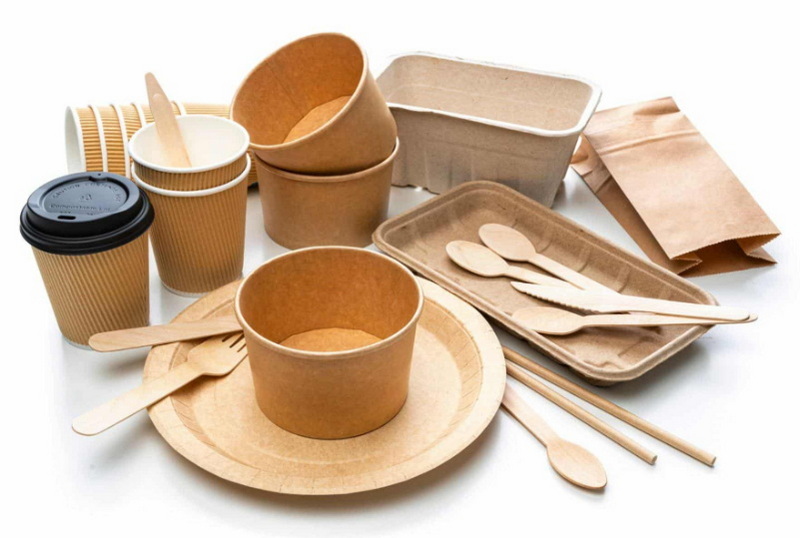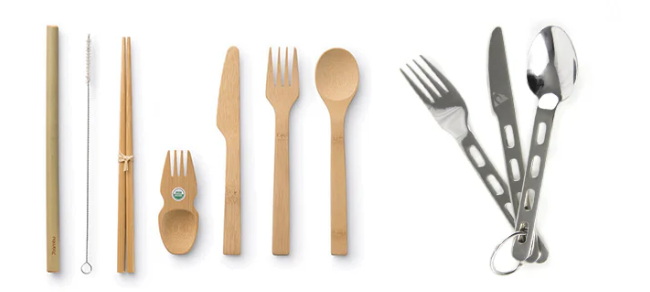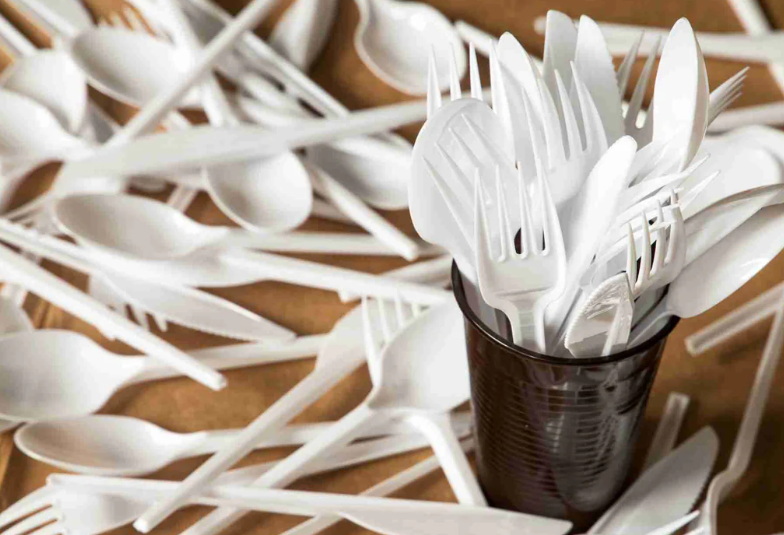
Content Menu
● Introduction to Sustainable Disposable Cutlery
>> 1. Wooden Cutlery
>> 2. Bamboo Cutlery
>> 3. Plant Fibre Cutlery
>> 4. Paper Cutlery
● Durability Comparison
>> Plastic Cutlery
>> Sustainable Disposable Cutlery
● Environmental Impact
● Production Process
● Cost Comparison
● Future Trends
● Consumer Awareness
● Challenges and Opportunities
● Conclusion
● Frequently Asked Questions
>> 1. What is the most durable type of sustainable disposable cutlery?
>> 2. How long does it take for plant fibre cutlery to decompose?
>> 3. Is bamboo cutlery suitable for high-temperature foods?
>> 4. What are the benefits of using paper cutlery?
>> 5. How does the environmental impact of sustainable disposable cutlery compare to plastic?
The shift towards sustainable living has led to a significant increase in the use of eco-friendly products, including sustainable disposable cutlery. This type of cutlery is designed to reduce plastic waste and minimize environmental impact. However, one of the primary concerns when adopting these alternatives is their durability compared to traditional plastic cutlery. In this article, we will delve into the durability of various types of sustainable disposable cutlery and compare them with plastic cutlery.

Introduction to Sustainable Disposable Cutlery
Sustainable disposable cutlery includes a variety of materials such as wood, bamboo, plant fibers (like cornstarch), and paper. Each material has its unique characteristics, benefits, and drawbacks. Here's an overview of these materials:
1. Wooden Cutlery
Wooden cutlery is made from renewable resources like birch and bamboo. It is durable, compostable, and offers a natural aesthetic appeal. However, it may splinter if not processed properly and takes longer to decompose compared to some other biodegradable materials. Wooden cutlery is suitable for both hot and cold foods, making it a versatile option for various dining settings.
2. Bamboo Cutlery
Bamboo is known for its fast growth rate and low environmental impact. Bamboo cutlery is durable and can decompose quickly under composting conditions. However, it may not be as heat-resistant as other materials. Bamboo cutlery is often used in outdoor events and eco-friendly restaurants due to its sustainable nature.
3. Plant Fibre Cutlery
Plant fibre cutlery, often made from cornstarch, wheat straw, or sugarcane, is highly biodegradable and composts quickly. It is suitable for softer foods but may not be as durable as wooden or bamboo options. Plant fibre cutlery is widely used in fast-food chains and take-out services due to its affordability and eco-friendliness.
4. Paper Cutlery
Paper cutlery is another eco-friendly option that offers medium to high durability. It is lightweight, resistant to moisture and heat, and can handle everyday use. Paper cutlery is often used in schools and offices for its convenience and environmental benefits.
Durability Comparison
Plastic Cutlery
Plastic cutlery is renowned for its high durability and resistance to various temperatures. However, it is non-biodegradable and contributes significantly to plastic waste. Plastic cutlery can withstand both hot and cold foods without deforming, making it a popular choice for mass events and fast-food services.
Sustainable Disposable Cutlery
While sustainable disposable cutlery may not match the durability of plastic in all aspects, it offers comparable functionality for most uses. For instance, cornstarch cutlery can handle both hot and cold foods, similar to plastic. However, it may not be as rigid and might bend under heavy loads.

Environmental Impact
One of the most significant advantages of sustainable disposable cutlery is its environmental impact. Unlike plastic, which takes hundreds of years to decompose and contributes to microplastic pollution, biodegradable cutlery decomposes in a matter of months. This reduction in plastic waste helps protect marine life and reduces landfill waste.
Production Process
The production process for sustainable disposable cutlery varies depending on the material. For example, bamboo cutlery is made by harvesting bamboo, cutting it into shape, and then processing it to ensure durability. Plant fibre cutlery involves mixing plant-based materials with other biodegradable components and molding them into the desired shape.
Cost Comparison
The cost of sustainable disposable cutlery can be higher than traditional plastic cutlery, depending on the material and production process. However, as demand increases and technology improves, the cost is expected to decrease. Many businesses are willing to invest in eco-friendly options due to their long-term environmental benefits and the growing consumer preference for sustainable products.
Future Trends
The market for sustainable disposable cutlery is expected to grow significantly as technology advances. Innovations in materials and production processes are making eco-friendly cutlery more durable and accessible. For instance, new types of plant-based materials are being developed that offer higher heat resistance and durability.
Consumer Awareness
Consumer awareness plays a crucial role in the adoption of sustainable disposable cutlery. As more people become aware of the environmental impact of plastic waste, they are opting for eco-friendly alternatives. Governments and organizations are also promoting sustainable practices through educational campaigns and regulations.
Challenges and Opportunities
Despite the benefits of sustainable disposable cutlery, there are challenges to overcome. One of the main challenges is ensuring that these products are composted correctly to realize their full environmental benefits. Opportunities exist in developing more efficient composting systems and educating consumers about proper disposal methods.
Conclusion
In conclusion, while sustainable disposable cutlery may not always match the durability of plastic cutlery, it offers a viable alternative with significant environmental benefits. As technology continues to improve, we can expect these eco-friendly options to become even more durable and practical for everyday use.

Frequently Asked Questions
1. What is the most durable type of sustainable disposable cutlery?
- Answer: Wooden cutlery is often considered one of the most durable types of sustainable disposable cutlery, as it can handle both hot and cold foods and is sturdy enough for moderate use.
2. How long does it take for plant fibre cutlery to decompose?
- Answer: Plant fibre cutlery, such as that made from cornstarch or sugarcane, typically decomposes within 60 days in commercial composting facilities.
3. Is bamboo cutlery suitable for high-temperature foods?
- Answer: Bamboo cutlery is generally not recommended for high-temperature foods as it may warp or become less durable under such conditions.
4. What are the benefits of using paper cutlery?
- Answer: Paper cutlery is lightweight, eco-friendly, and offers medium to high durability. It is resistant to moisture and heat, making it suitable for everyday use.
5. How does the environmental impact of sustainable disposable cutlery compare to plastic?
- Answer: Sustainable disposable cutlery has a significantly lower environmental impact than plastic cutlery. It decomposes quickly and does not contribute to microplastic pollution, unlike plastic which takes hundreds of years to decompose.

















